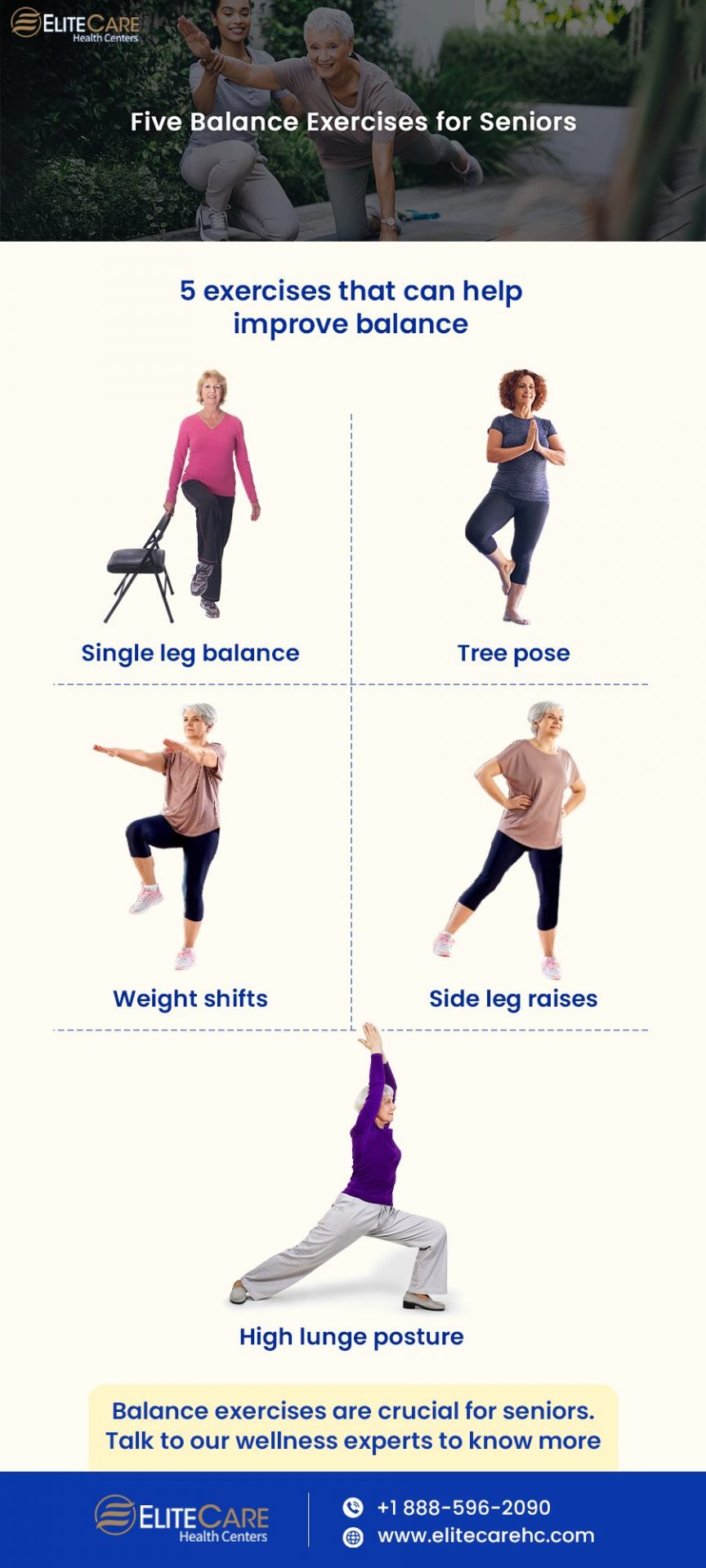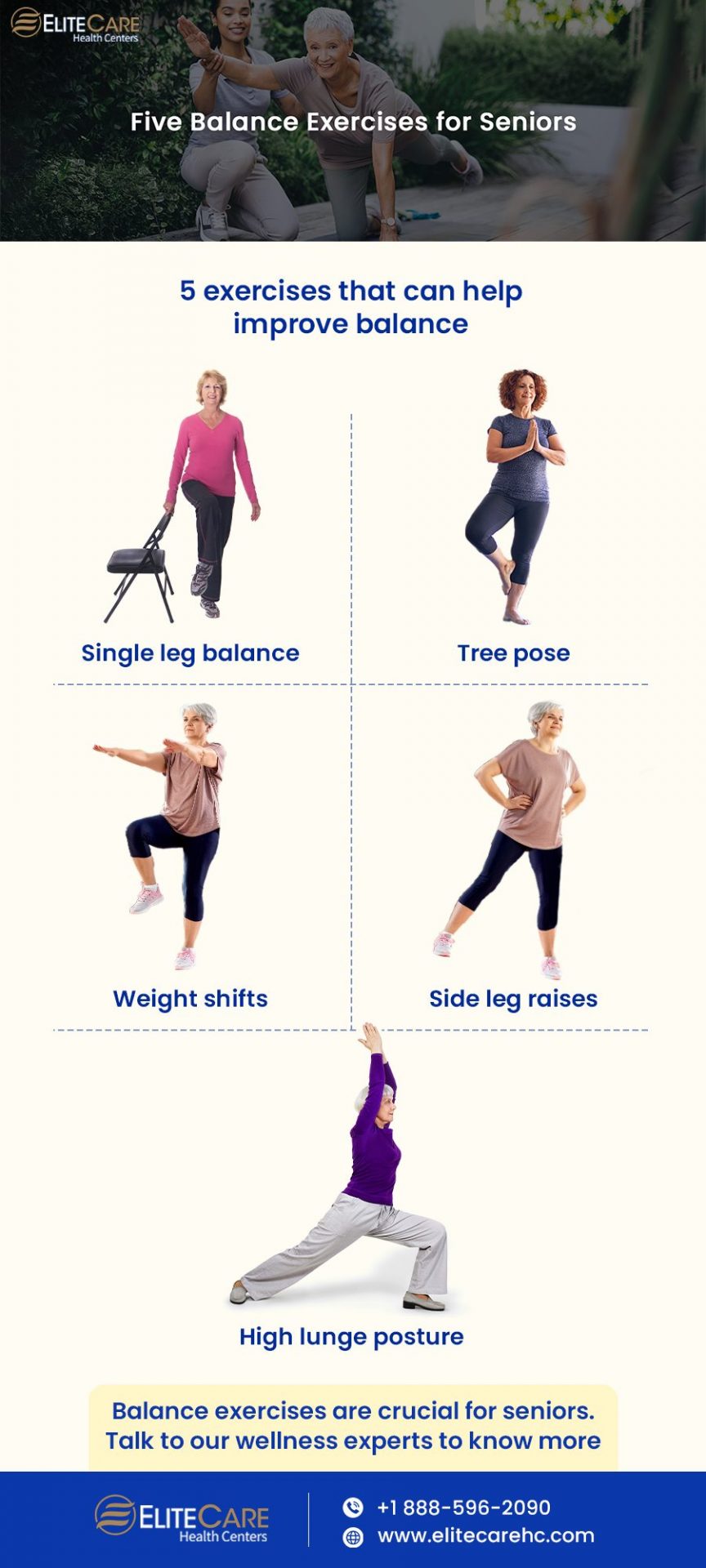Balance Exercises for Seniors: Your Guide to a Steadier, Safer You
Getting older is a part of life, and with it can come some changes. One common concern for many seniors is the fear of falling. It’s a valid worry, as a fall can lead to serious injuries and a loss of independence. But here’s the good news: you don’t have to live with that fear. By incorporating simple, consistent balance exercises into your routine, you can significantly improve your stability, strengthen your muscles, and build confidence in your movements.
Think of it this way: a house with a strong foundation is less likely to sway in the wind. Your body is the same. By working on your balance, you’re building a stronger, more stable foundation for everything you do, from walking the dog to reaching for that top-shelf item at the grocery store. These exercises aren’t about becoming a gymnast; they’re about making everyday life safer and more enjoyable.
Before we dive into the exercises, a quick, important note: Always check with your doctor before starting any new exercise program, especially if you have existing health conditions. Listen to your body, and don’t push yourself to the point of pain. The goal is to be gentle and consistent, not to be a hero.

It’s a fair question. You might think, “I walk every day, isn’t that enough?” While walking is great exercise, it doesn’t specifically target the muscles and systems responsible for maintaining balance. Your sense of balance is a complex process involving your inner ear, your eyes, and your proprioceptors—the nerves in your muscles and joints that tell your brain where your body is in space. As we age, these systems can become less efficient. This is a natural part of the aging process, but it’s not something you have to accept without a fight.
Here’s a breakdown of why a little extra attention to balance can go a long way:
Injury Prevention: This is the big one. Falls are a leading cause of injury in older adults. A simple trip can lead to a broken hip, a head injury, or other serious problems. Good balance reduces your risk of a fall, plain and simple.
You don’t need fancy equipment or a gym membership to start improving your balance. All you need is a clear space, a sturdy chair or a countertop for support, and a positive attitude. Aim for 10-15 minutes a day, or even just a few times a week to begin. Consistency is more important than intensity.
This is your starting point. It’s a gentle way to get used to standing on one leg.
How to do it: Stand behind a sturdy chair or next to a countertop. Place your hands on the back of the chair for support. Gently lift one foot an inch or two off the ground.
This exercise mimics a sobriety test, but it’s a fantastic way to improve your balance and gait.
How to do it: Find a long, clear space in your home. Place your right heel directly in front of your left toes, so they are touching. Take a step, placing your left heel directly in front of your right toes.
This movement helps with lateral stability, which is crucial for things like getting out of the way of a swinging door or catching your balance on a curb.
How to do it: Stand next to a wall or a countertop for support. Stand with your feet together. Take a large step to the side with your right foot, then bring your left foot to meet it. Repeat this 10 times to the right, then 10 times to the left.
This exercise strengthens the muscles in your hips and thighs, which are critical for stable walking.
How to do it: Stand behind a chair with your hands on the back for support. Keep your leg straight and slowly lift your right leg out to the side. Don’t lift it too high—just until you feel a good squeeze in your hip. Lower it slowly.
This is a gentle way to improve circulation and flexibility in your ankles, which are the first point of contact with the ground and essential for balance.
How to do it: Sit in a chair with your feet flat on the floor. Lift your right foot a few inches off the ground and slowly rotate your ankle in a circle. Make 10 circles clockwise, then 10 counter-clockwise.
Starting an exercise routine is one thing; sticking with it is another. Here are a few tips to help you make balance exercises a regular part of your life:
Start small: Don’t try to do everything at once. Pick two or three exercises and do them for just a few minutes a day. Once they feel easy, you can add another.
While these exercises are powerful, they are just one piece of the puzzle. To truly build a foundation of stability, consider these other factors:
Footwear: Make sure you’re wearing supportive, non-slip shoes that fit well. Avoid walking around your home in socks, which can be slippery.
Age is a number, not a limit. By taking a few minutes each day to work on your balance, you are making a profound investment in your health, happiness, and independence. This isn’t about turning back the clock; it’s about moving forward with strength, confidence, and a renewed sense of stability. You’ve got this. Start small, be consistent, and enjoy the feeling of a steadier, safer you.



